The world of photography has developed significantly in recent years, especially with the introduction of smartphones, which can take over many functions of a traditional remote shutter. This guide outlines how you can effectively use your smartphone as a remote shutter for long exposures. We will go through the necessary steps and provide some useful tips for using apps that expand your photographic possibilities.
Key Insights
- You need an adapter cable to connect your smartphone to the camera.
- Current smartphones without a headphone jack are not suitable for this method.
- Make sure the volume of your smartphone is turned up to maximum to trigger the camera.
- You cannot use your smartphone for other tasks during the long exposure.
Step-by-Step Guide
Selecting the Right Smartphone and Accessories
To use your smartphone as a remote shutter, you need an appropriate adapter cable. There are currently several options. One of them is the now-discontinued Trigger Trap, which is used with a specific app. A modern alternative is Miops Mobile, which offers a similar range of functionalities.
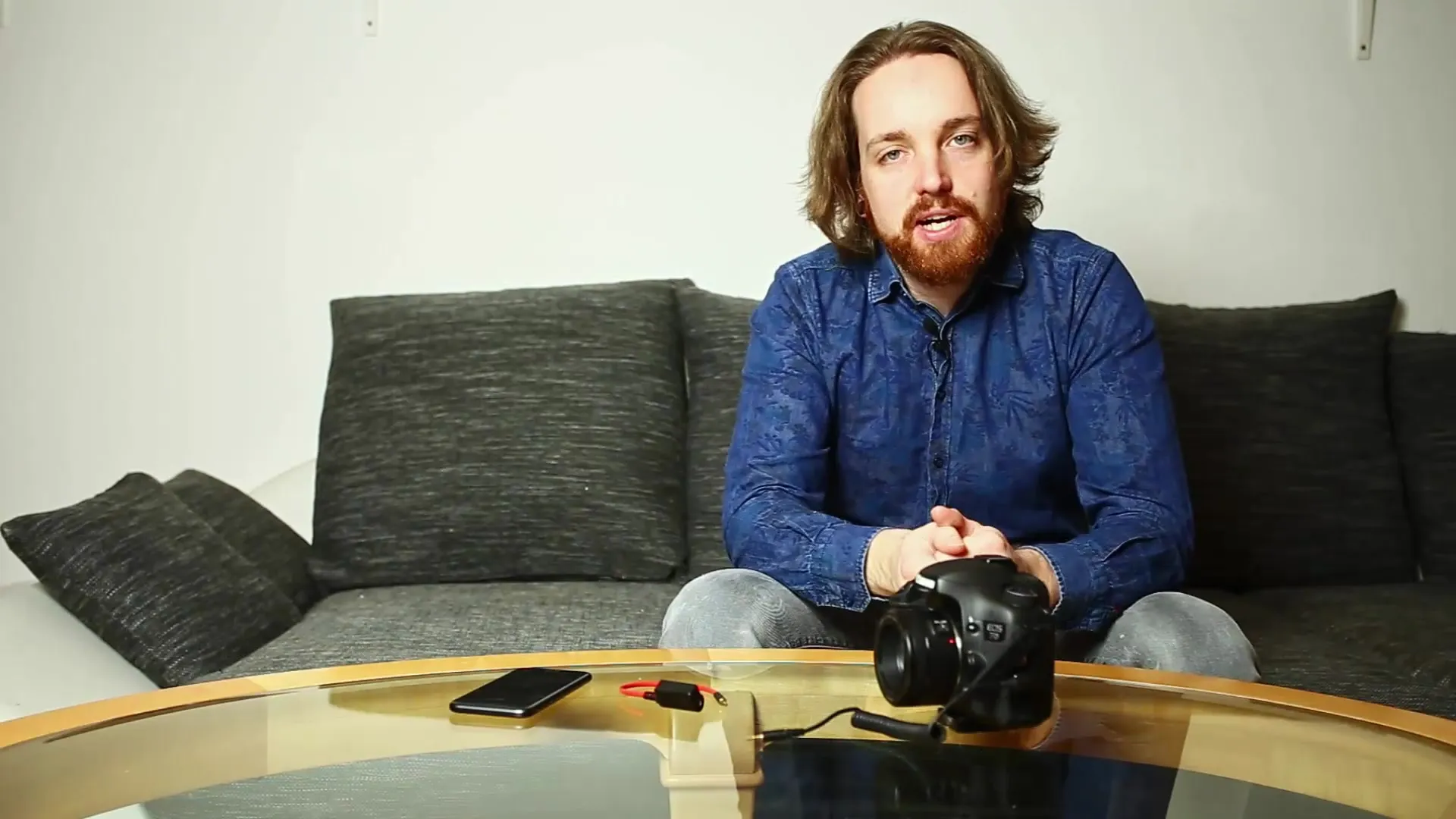
Establishing a Connection Between Smartphone and Camera
Since most current smartphones like the iPhone 8 or iPhone 10 no longer have a headphone jack, it is important to choose a smartphone that has one. The adapter cable connects to your smartphone via the 3.5 mm jack to remotely control the camera.
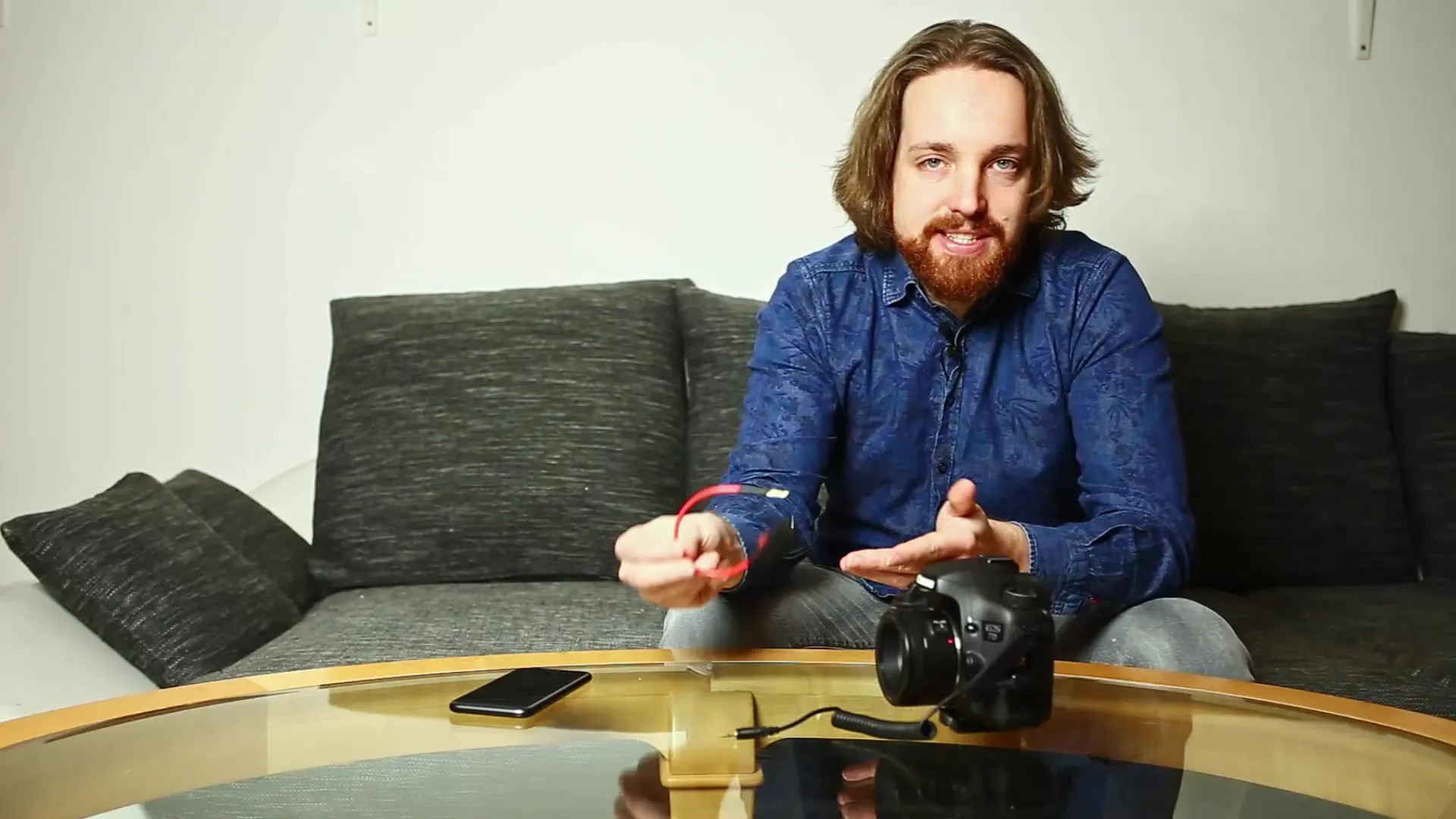
Installing the App
After downloading the Triggertrap app or Miops Mobile to your smartphone, you should familiarize yourself with the user interface. These apps offer many features that are great for long exposures.
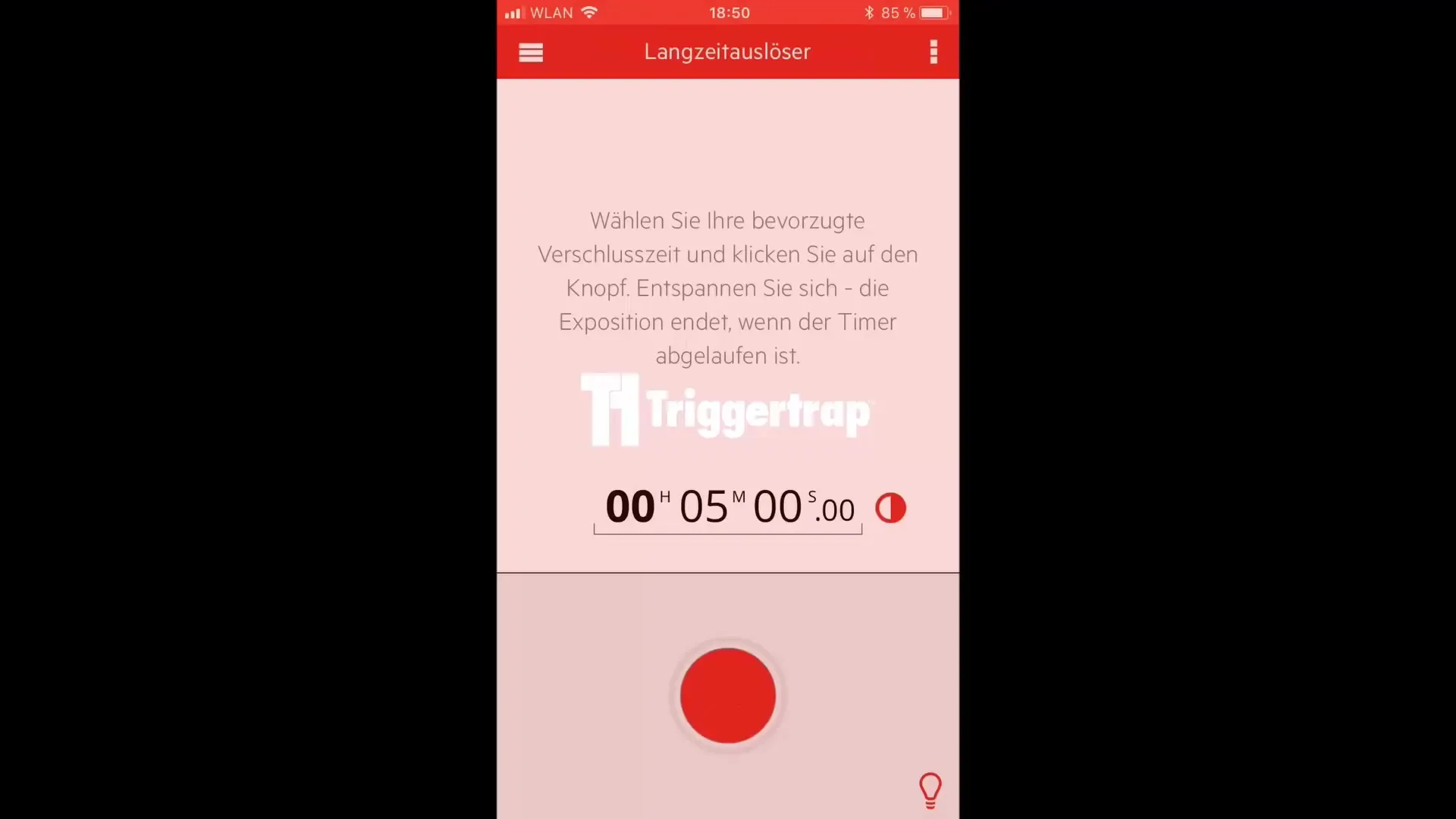
Adjusting Settings for Long Exposures
To perform long exposures, you need to set the exposure time in the app. This setting is done similarly to a traditional remote shutter.
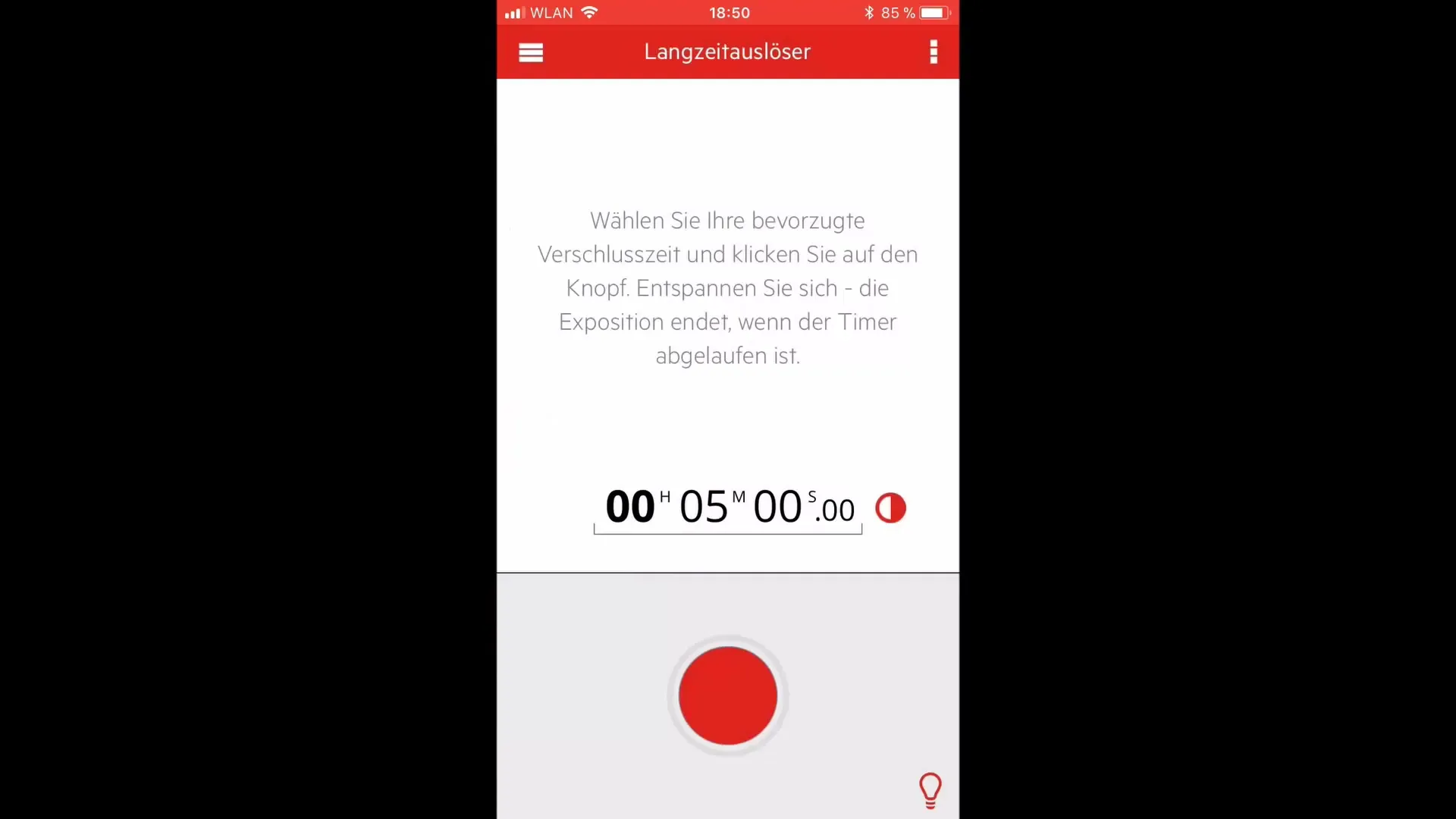
Setting the Camera to Bulb Mode
Make sure your camera is set to Bulb mode. This is crucial for enabling longer exposure times. The Bulb mode allows the camera to keep the shutter open for as long as you wish.
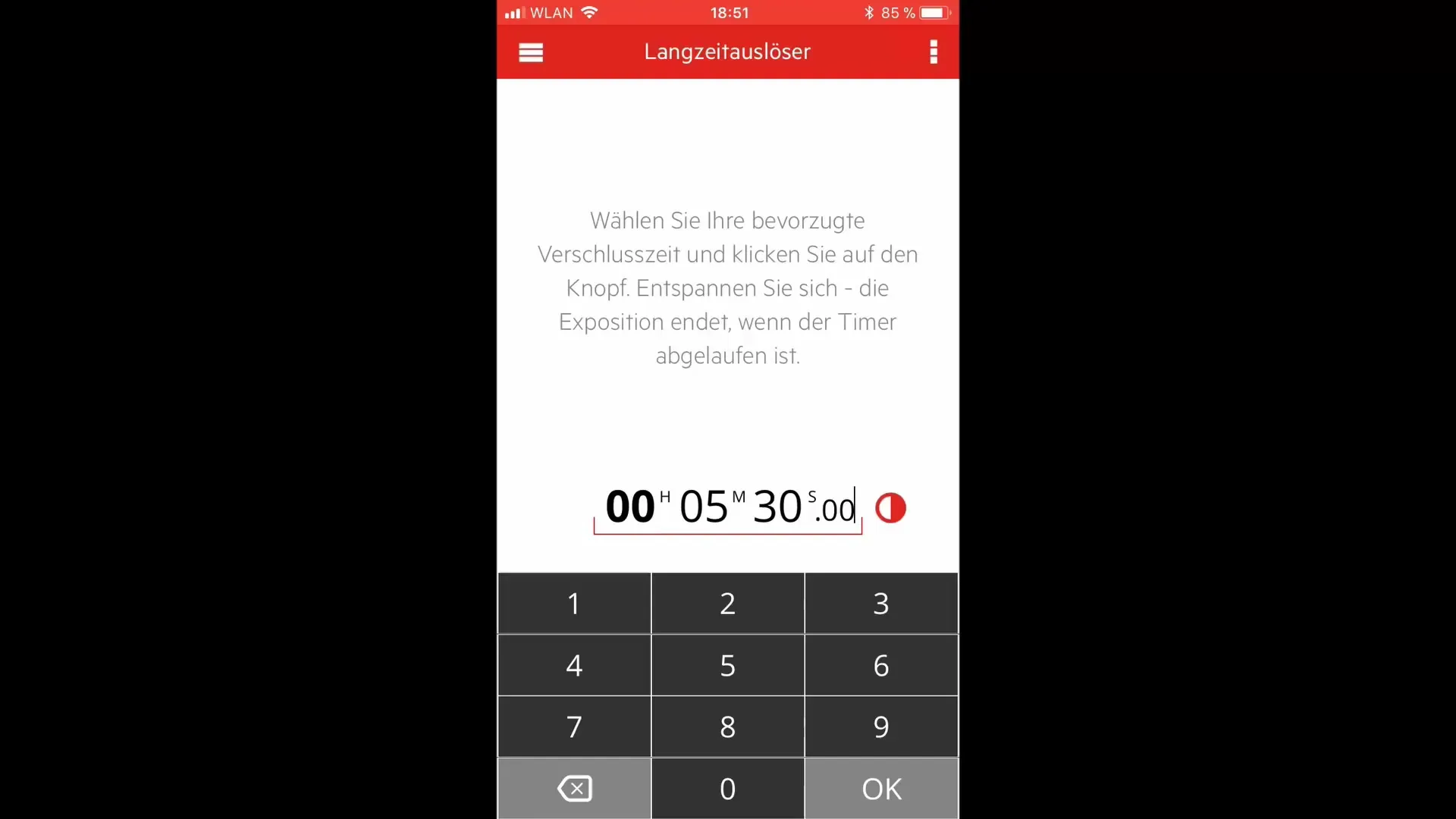
Checking Volume Settings
The volume of your smartphone must be set to maximum. The triggering process is activated by a sound impulse, which is converted by the adapter cable into a triggering impulse for the camera.
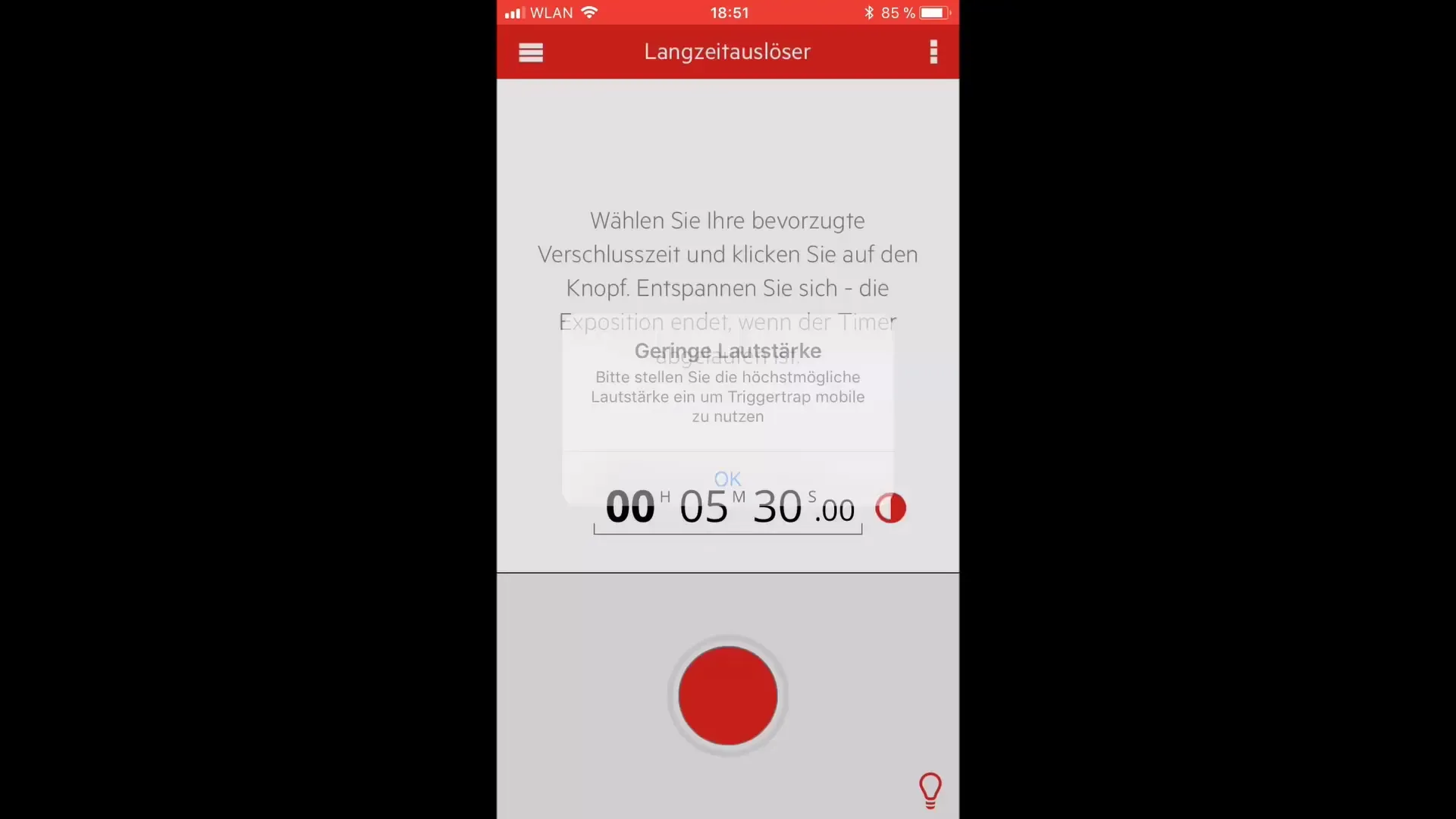
Triggering the Camera
Once everything is set up, you can trigger the shutter in the app. This activates the camera, and the long exposure begins. The camera will trigger again after the set time is up and the exposure will finish.
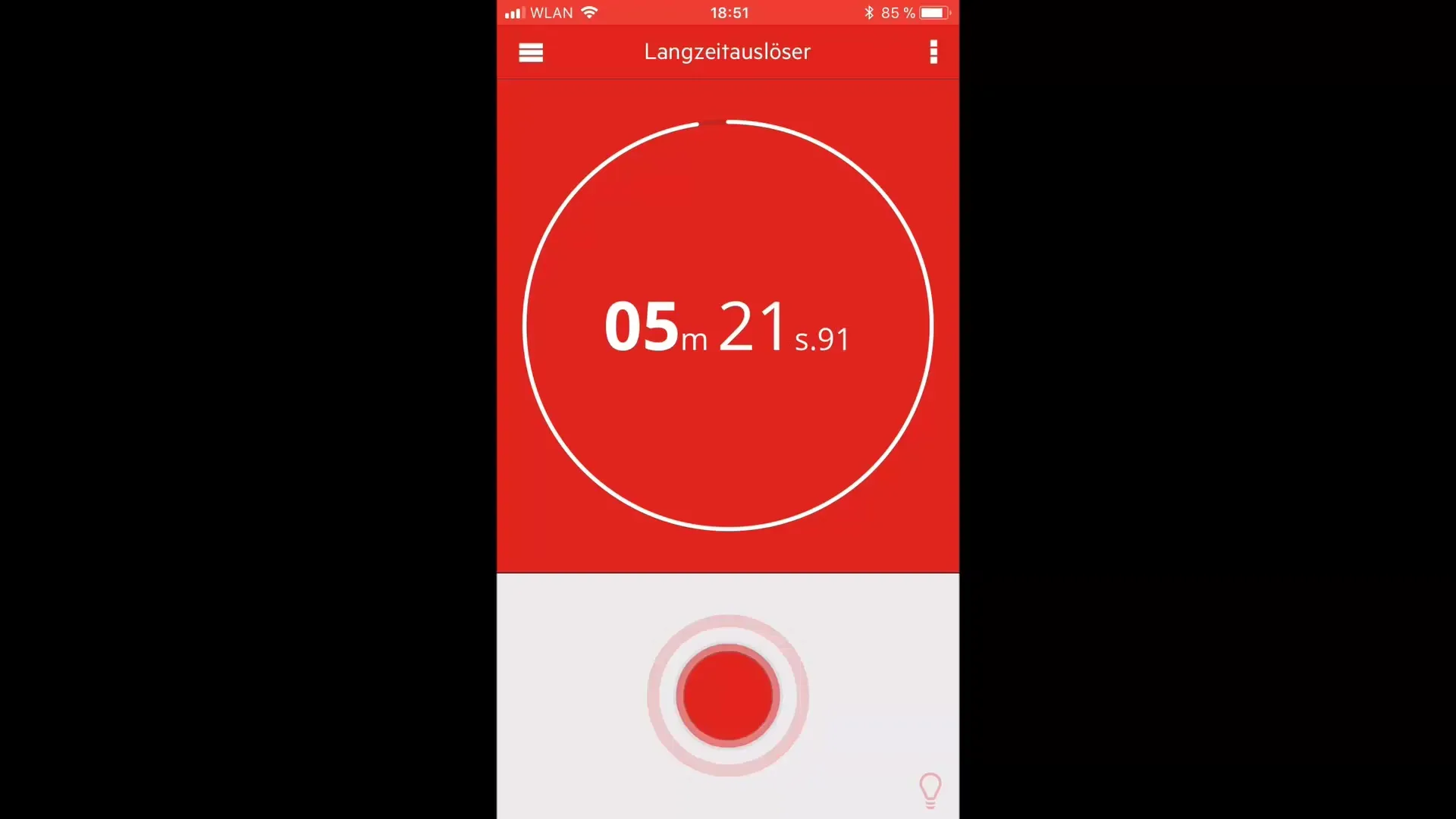
Using the Smartphone During Exposure
One important point to keep in mind: during the long exposure, the smartphone cannot be used for other things. The app must remain open during the entire time for the camera to receive the signal correctly.
Conclusion on Using the Smartphone as a Remote Shutter
Using your smartphone as a remote shutter offers an interesting and practical solution for achieving long exposures. However, if you attend events, you should consider a dedicated device to avoid potential obstacles and distractions.
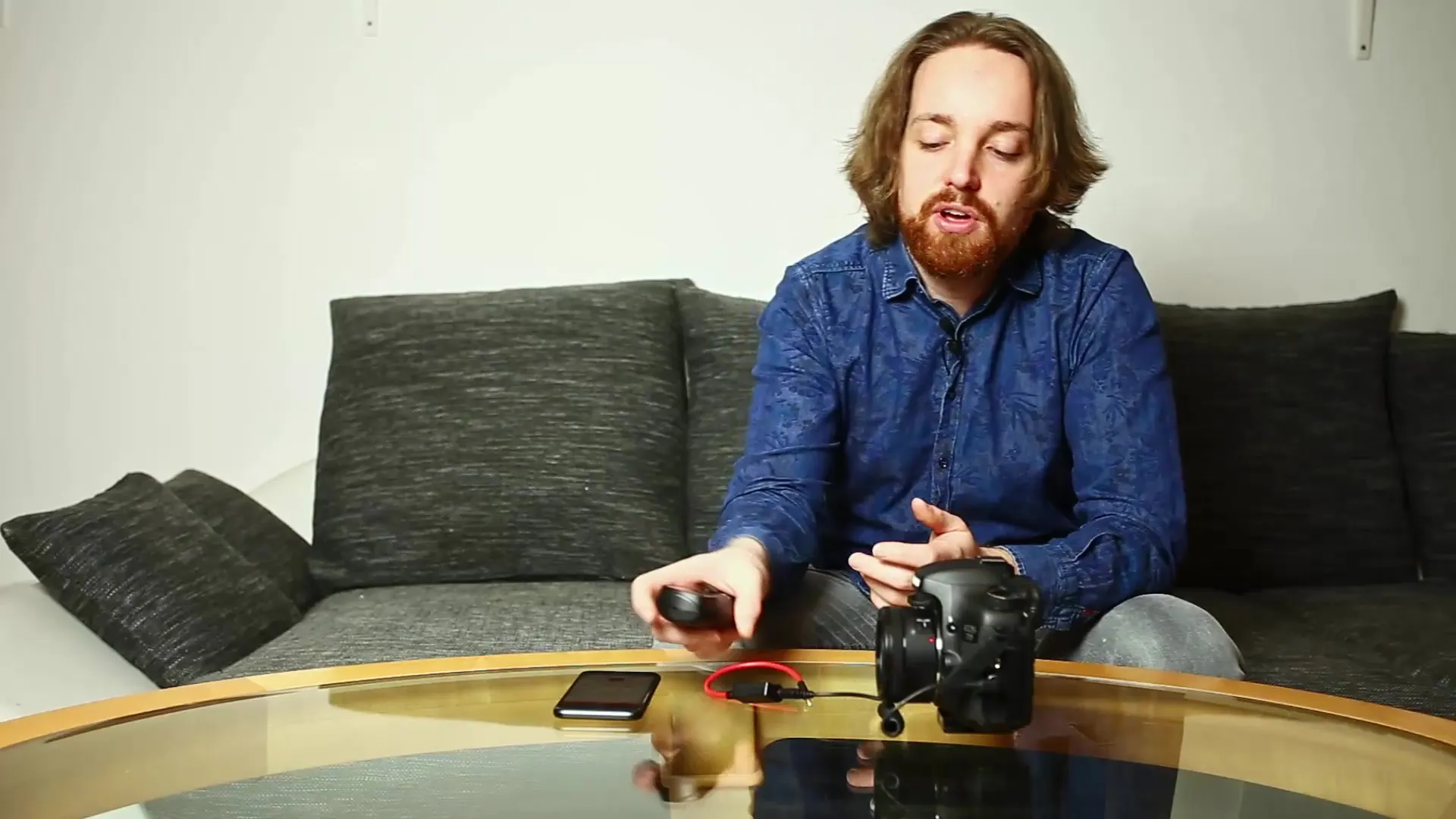
Summary – Long Exposures from A to Z: Smartphone Apps as Remote Shutters
You have now learned the benefits and steps to effectively use your smartphone as a remote shutter for long exposures. The combination of the right app and an adapter cable opens up many possibilities for you to create impressive photos.
FAQ
How do I connect my smartphone to the camera?You need an adapter cable that connects to your smartphone via the 3.5 mm jack.
Can I use current smartphones without a headphone jack?No, the connection only works with smartphones that have a headphone jack.
Which app should I use?You can use the Triggertrap app or Miops Mobile. Both offer good features.
How important is Bulb mode?Bulb mode is crucial for enabling long exposure times.
Why does the volume need to be at maximum?The camera is triggered by a sound impulse from the smartphone, which requires a maximum volume level.
Is it possible to use the smartphone during the exposure?No, the app must remain open throughout the exposure.


